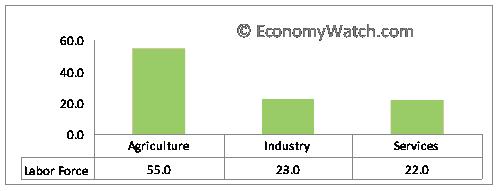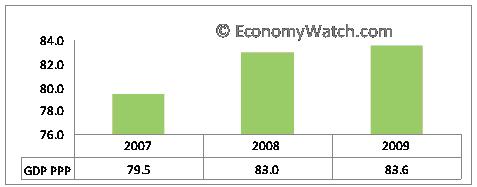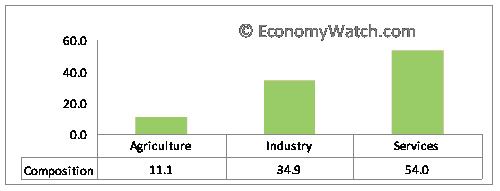Tunisia Economy
Please note that we are not authorised to provide any investment advice. The content on this page is for information purposes only.
Tunisia is the northernmost country in Africa. It’s bordered by Algeria to the west, Libya to the south east, and the Mediterranean Sea to the north and east. Tunisia covers an area of more than 103,000 square miles, with an estimated population of more than 10.3 million. About 98 percent of Tunisians are Arabs or arabized Berbers. There is also a small community of Europeans, consisting mostly of French and Italians.
Tunisia is the northernmost country in Africa. It’s bordered by Algeria to the west, Libya to the south east, and the Mediterranean Sea to the north and east. Tunisia covers an area of more than 103,000 square miles, with an estimated population of more than 10.3 million. About 98 percent of Tunisians are Arabs or arabized Berbers. There is also a small community of Europeans, consisting mostly of French and Italians.
The Tunisian economy is a diverse one, with well established agricultural, mining, tourism and manufacturing sectors. The economy has opened up to foreign investment in recent times, a far cry from the government controlled economy of the 1980s.
In addition, progressive social policies have also helped raise the standard of living in the nation. Real growth, which averaged 5 perent for much of the 2000s, declined to 4.4 percent in 2008 and 0.7 percent in 2009 due to the global recession and slowing of import demand in Europe.
Tunisia has several challenges ahead, such as industry privatization, liberalization in foreign investments, improving government efficiency, reduction of trade deficit, and reduction of economic disparities.
Tunisia Economic Profile: GDP and Labor
Tunisia’s GDP in 2010 was US$ 43.863 billion, growing 3.79 percent and is expected to increase 3.83 percent to US$ 45.543 billion in 2011. 2015 forecasts predict Tunisia’s GDP will grow to US$ 57.201 Billion, increasing at a rate of about 6 percent per year from 2012 onwards.
The following chart shows Tunisia’s GDP-PPP from 2007-2009. All data is in US billion dollars.
Latest statistics for Tunisia in 2010 indicate 10.8 percent of the labor force is employed in agriculture, 28.3 percent in industry and 61 percent in services. The next chart shows Tunisia’s GDP composition by sector according to the 2009 estimates. All data is in percentages.
Tunisia’s population in 2010 was 10.544 million and is expected to grow to 11.108 million by 2015.
As at 2010, Tunisia’s unemployment rate was 13.2 percent, however is expected to decline to 12.9 percent by 2015. The following chart illustrates the composition Tunisia’s labor force according to occupation in sectors. All data is in percentages.







